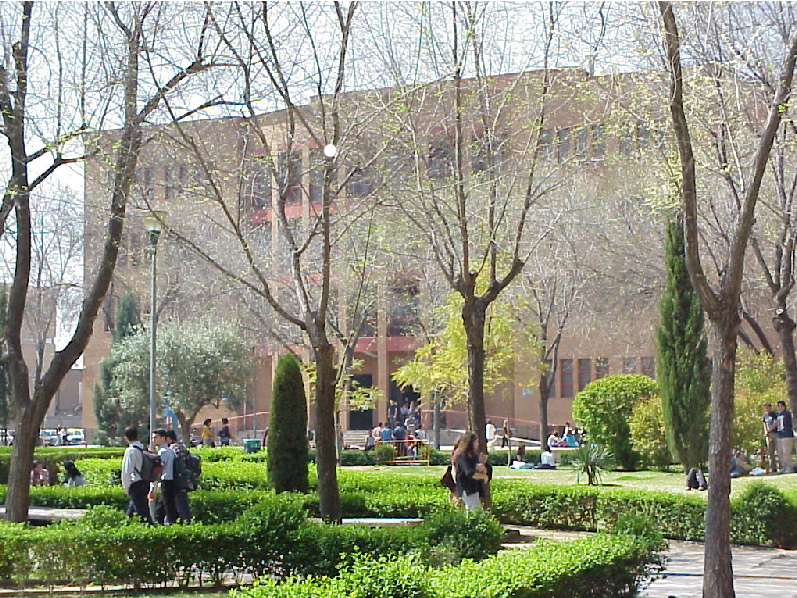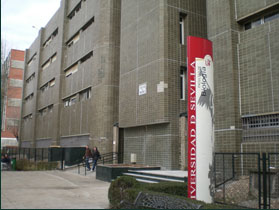
The XIVth International Colloquium on Amphipoda will be held in the Faculty of Biology (green building) at Campus Reina Mercedes of the University of Sevilla, Spain, 13-18 September 2010 (see maps 1, 2 and 3). This Colloquium hosts every aspects of Amphipoda (systematics, ecology, biogeography, physiology, genetics, etc.). Special attention will be paid to the taxonomy crisis and the need of taxonomists, since taxonomic tools are essential to properly address further ecological or biogeographical studies.
The main building of the University of Seville is known as the "Old Tobacco Factory", because of the building's original use. Built in the 18th century, Seville's tobacco factory was the largest industrial building in the world at that time and it remained a tobacco factory until the 1950s. This beautiful building is also the setting for the very well-known opera by Bizet, Carmen. Carmen was a fictional worker in the tobacco factory, the original story being a novel by Prosper Mérimée Prosper Mérimée. This building houses two of the university's faculties: the School of Literature & Philology and the School of Geography & History. Other Faculties are located throughout Seville, including the Health Science schools in La Macarena, the Business School in Nervión, the Engineering School and School of Communications in La Cartuja and the faculties of Science in Campus Reina Mercedes.

Sevilla,
the capital of Andalusia, is a beautiful city located on the Bajo
Guadalquivir, at the furthest navigable point of the river. Romans,
Visigoths, Moors and Christians have settled on its lands over the
centuries, and the richness of its heritage is therefore equalled only
by its great size. In short, Seville represents the purest essence of
Andalusia. Its culture and its monuments make it one of the most
beautiful and unique cities to behold, where visitors will be
transported back to the glory of past times around every corner they
turn. Seville’s gastronomy is a further reflection of its history, whose
highlights include hundreds of delicious specialities. Unfortunately,
prices in Sevilla are high, as in other important and tourist European
cities.
The University originated
in late 15th century as the School of Saint Mary of Jesus (Colegio de
Santa María de Jesús), founded by Archdeacon Maese Rodrigo Fernández de
Santaella. In 1505 a papal bull of Pope Julius II allowed it to teach
degrees in Theology, Philosophy, Law, Medicine and Arts. In 1551 the
city council granted a General Study Centre (Estudio General) which
enabled the School to become officially a university.

Reina Mercedes campus is one of the most emblematic places of the University of Sevilla with a very nice atmosphere, full of students and University life. The faculties of Biology, Chemistry, Physics, Mathematics and Pharmacy are housed in the central area of the campus. The faculties of Architecture and Computing Sciences together with the Language Institute and University Canteen are also at the Campus. At Reina Mercedes Avenue there is a wide variety of bars, restaurants, etc. with reasonable prices.
Weather in Sevilla during September can be quite unpredictable. It can be still very hot and sunny, although can also be a little cold suddenly, with some showers. Temperatures can range 18-32ºC during this period.


Reina Mercedes Campus is one of the most emblematic places of the University of Sevilla. The Colloquium will be held in the Faculty of Biology, green building

If you have any doubt about the 14th ICA send an e-mail to jmguerra@us.es
